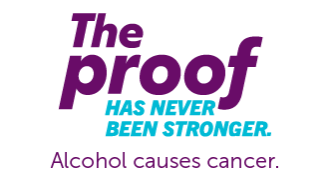Content
Background Image
Image

Body
Canada's Guidance on Alcohol & Health
Canada has new guidance on alcohol and your health. We want you to be able to make the most informed decisions you can about drinking alcohol. Any reduction in the amount you drink can help improve your health.
It's your right to know.
Title
Canada has new Guidance on Alcohol
Body
These organizations contributed to the development of the guidance and endorse the evidence-based science that guided the final report.
Title
Spotlight on Campaigns Around Canada
Body
Check out how other organizations around Canada are promoting Canada's Guidance on Alcohol and Health





